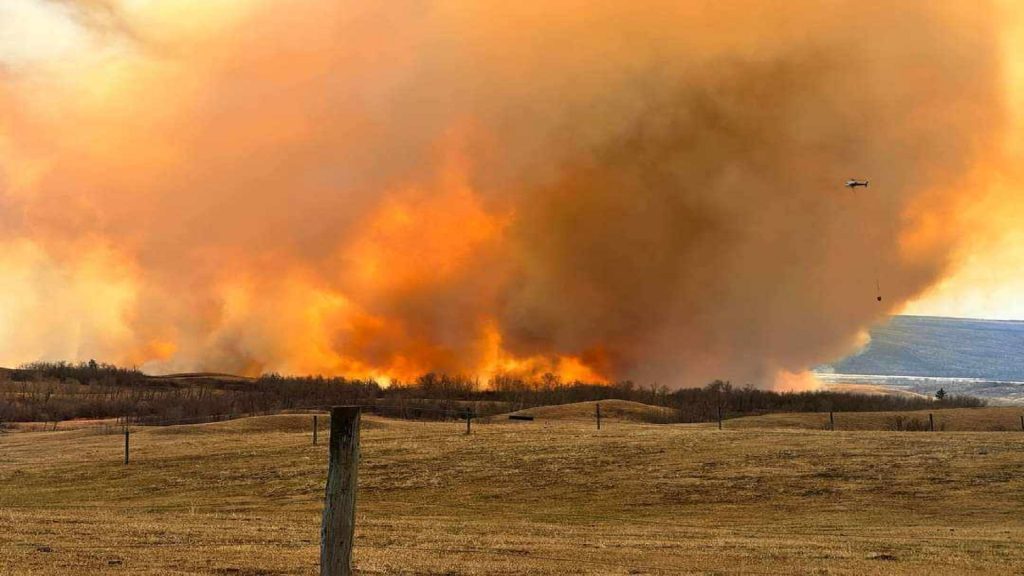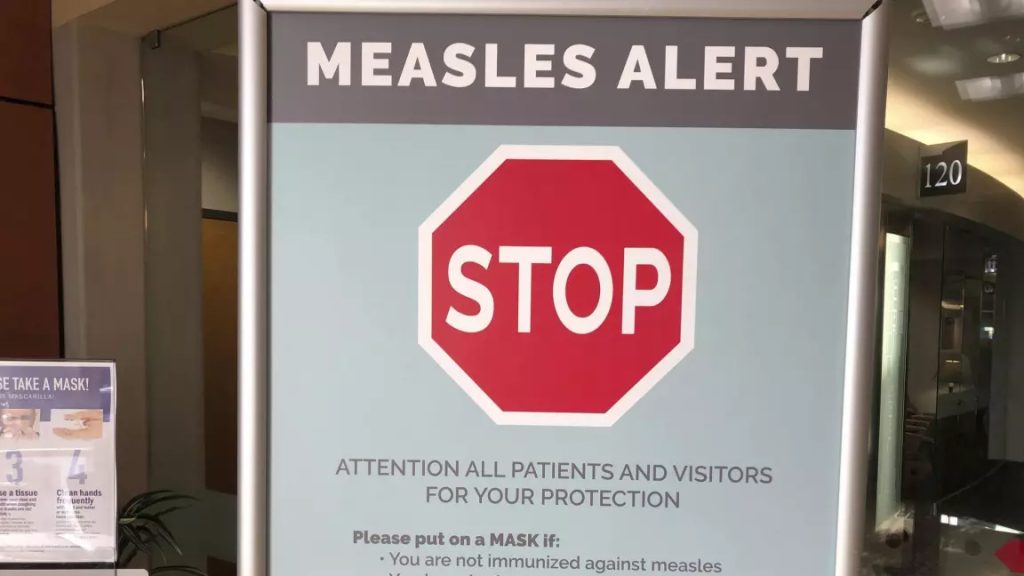Alberta consumer spending and expected raises among lowest in Canada
Posted Oct 29, 2015 4:57 pm.
This article is more than 5 years old.
As Alberta’s economic downturn continues, so too does provincial belt-tightening.
According to Moneris, Albertan consumer spending is up just 0.30 per cent on a year-over-year basis in the third quarter, which is the smallest increase in Canada.
Business to business spending is down over eight per cent, hotel spending saw a decrease at over seven per cent and apparel sales is down over three per cent.
Moneris Chief Product and Marketing Officer Rob Cameron said the results are as expected, noting people are still out shopping, but not breaking the bank.
“We’re seeing a similar number of transactions to even a few more, but the value of those transactions is going down, so people just aren’t buying as high a ticket items when they’re out shopping,” he said. “They’re still out because they’re living, but they’re clearly watching their expenses relative to the rest of the country.”
British Columbia posted the highest increase for the third quarter at over 10 per cent, with Ontario second at just under nine.
Saskatchewan was second-lowest at 1.95 per cent, making Alberta the only province not to crack one per cent.
“All year it’s been Alberta and the Saskatchewan,” Cameron said.
Fort McMurray was hit especially badly, with Cameron noting a drop of over 16 per cent year-over-year for the quarter.
“It’s material, it’s almost one in five dollars,” he said. “I’m sure if you talk to retailers in Fort McMurray, universally you’d hear that times are tough.”
Cameron said that in the absence of increasing oil prices, he doesn’t expect any big lifts.
As for base salaries, those aren’t expected to go up either according to the Conference Board of Canada.
The CBC’s Compensation Outlook 2016 report said Alberta will see average base pay increases of just 2.4 per cent next year, which is second-lowest in Canada, behind just B.C.
Overall in Canada, the average pay increase for non-unionized employees is projected to be 2.6 per cent, 2.5 per cent for the private sector and 2.6 per cent for the public sector.
The highest projected increases are expected to be highest for government positions at three per cent and the lowest should be in the health sector at 1.5 per cent.










